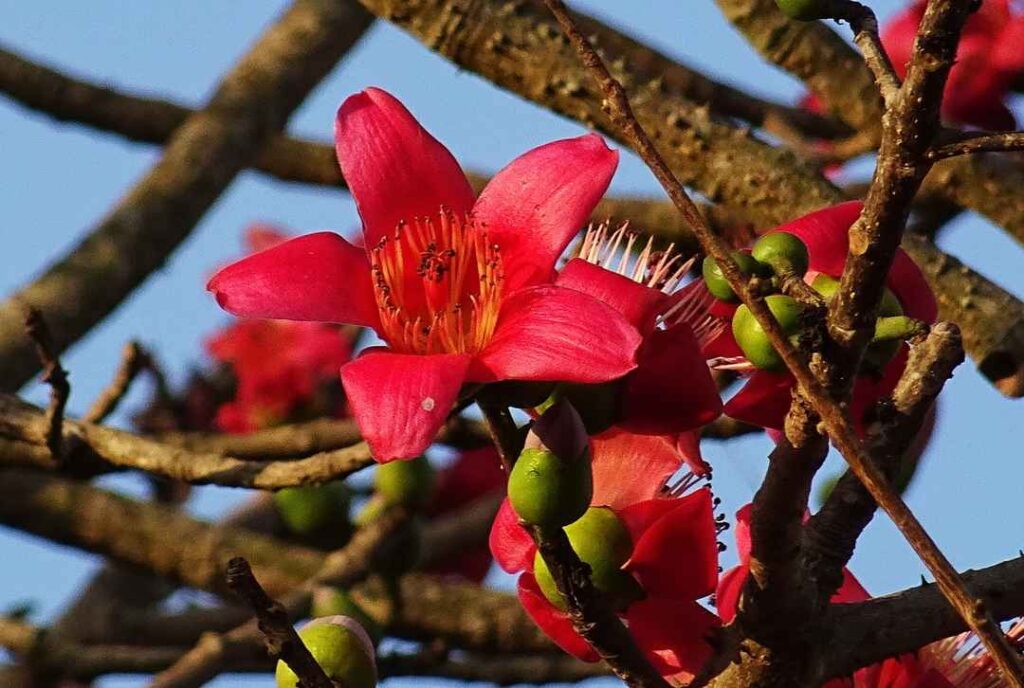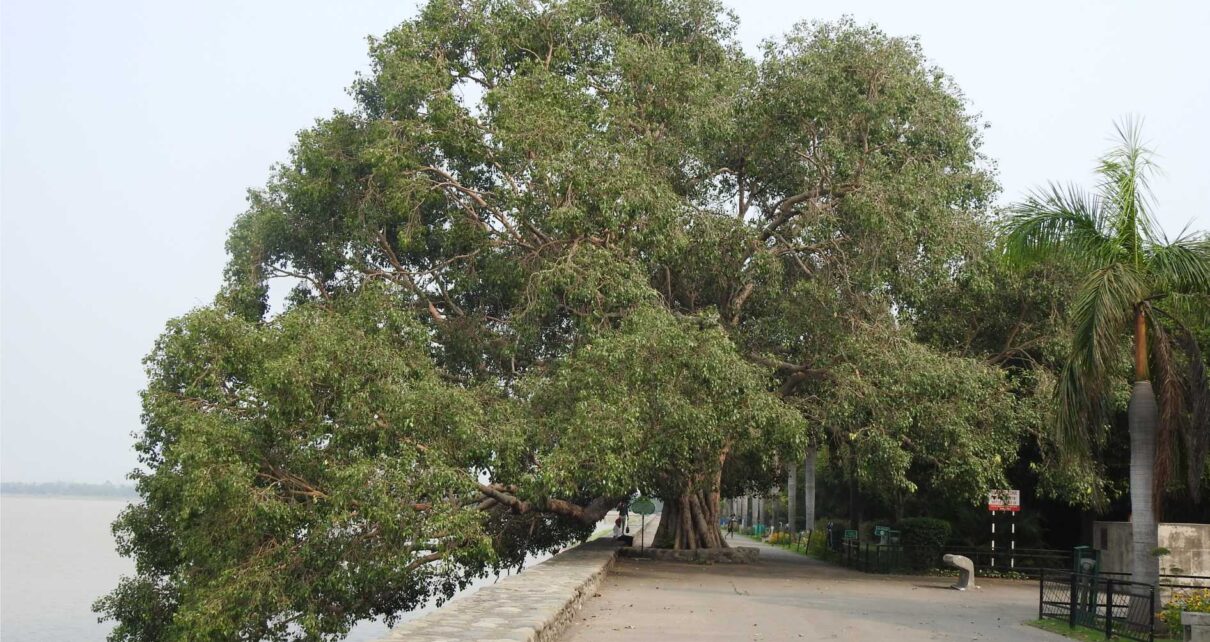Chandigarh diaries : The way northern lights cover the sky of Scandinavia, the trees of City Beautiful Chandigarh have the same effect on our beautiful roads.
In India, only a few cities have been systematically planned and we are fortunate to be living in one that was designed with such perfection by Le Corbusier. He had the opportunity to utilise the untouched Punjab countryside. So, he made the most of it and built a city that laid emphasis on ample green space between its roads and buildings.
As City Beautiful is situated in the foothills of the Shivaliks, it is blessed with a climate that is suitable to accommodate different varieties of plants and trees from all over the world. The city roads and streets are aesthetically decorated and several gardens, with some especially dedicated to the flora and fauna such as Botanical Garden, Sukhna Wildlife Sanctuary, Museum of Trees etc, have been established.
Read here about the Museum of Trees: https://hellotricity.in/badnore-to-inaugurate-museum-of-trees-today/
This week, we will discuss about the state tree and flower of City Beautiful Chandigarh.
1. Dhak Flower (Butea Frondosa) – State flower of City Beautiful Chandigarh
Palas (पलास)/Palasa/Butea monosperma/Butea frondosa was declared the state flower of Chandigarh in 2009.

Part of Leguminosae/Fabaceae /Pea family, its flowering season is in January, February and March. During the flowering season, the tree looks as if it is burning and covered with flames due to its beautiful orange flowers.
This medium-sized tree is native to tropical and sub-tropical parts of the Indian Subcontinent and Southeast Asia, ranging across India, Bangladesh, Nepal, Sri Lanka, Myanmar, Thailand, Laos, Cambodia, Vietnam, Malaysia, and western Indonesia.
As its numbers were dwindling, the municipal corporation (MC) in 2017 decided to plant around 150-200 dhak saplings in the green belts and neighbourhood parks. It cannot be planted on roadside and its trunk is weak and it tends to tilt on one side.
It is used for timber, resin, fodder, medicine and dye. The wood is dirty white and soft and being durable under water, it is used for well-curbs and water scoops. The leaves are usually very leathery and not eaten by cattle. Instead, the leaves are used by street food sellers to serve food placed on the leaves.
Special characteristics:
- Auspicious or Feng Shui plant
- Attracts birds, butterflies, bees
- Quick growing tree
- Salt or salinity tolerant
- Trees have a crooked trunk
- Seeds are very flat like cardboard and kidney shaped
- New leaves appear in April-May
- Leaves harvested for fodder for elephants and used as wrappers for bidis
- This plant is the symbol for purva nakshatra (eleventh star sign of Indian astrology)
2. Mango Tree (Mangifera Indica) – State tree of City Beautiful Chandigarh
Mango trees are the ancestors of City Beautiful Chandigarh that have been standing tall much before this city, Mohali or Panchkula came into existence. Some of the Mango trees of the city are estimated to be around 100-150 years of age.

It is a large, spreading evergreen with a dense crown. Mature Mango trees can attain a height of 40m or more, with a 60-120cm trunk and greyish-brown, longitude-fissured bark. It is hard to miss them!
According to the Heritage Trees Report prepared by the NGO Yuvsatta, the village of Burail (now sectors Sectors 32, 33, 44, 45 and 51) was known for its mango orchards and the country’s largest mango tree existed in the heart of this village. That tree was destroyed by lightening. It was spread over 6 kanals and had a 25 feet wide trunk. Moreover, the clusters of mango trees in SD College, Sector 32, are aged more than 100 years.
Mangifera indica (MI), also known as mango (aam), has been an important herb in Ayurveda and indigenous medical systems for over 4,000 years. Ripe mango fruit is considered to be invigorating and freshening. The juice is restorative tonic and used in heat stroke. The seeds are used in asthma and as an astringent. Fumes from the burning leaves are inhaled for relief from hiccups and infections of the throat. The bark is astringent, it is used in diphtheria, rheumatism and it is believed to possess a tonic action on mucus membrane.




